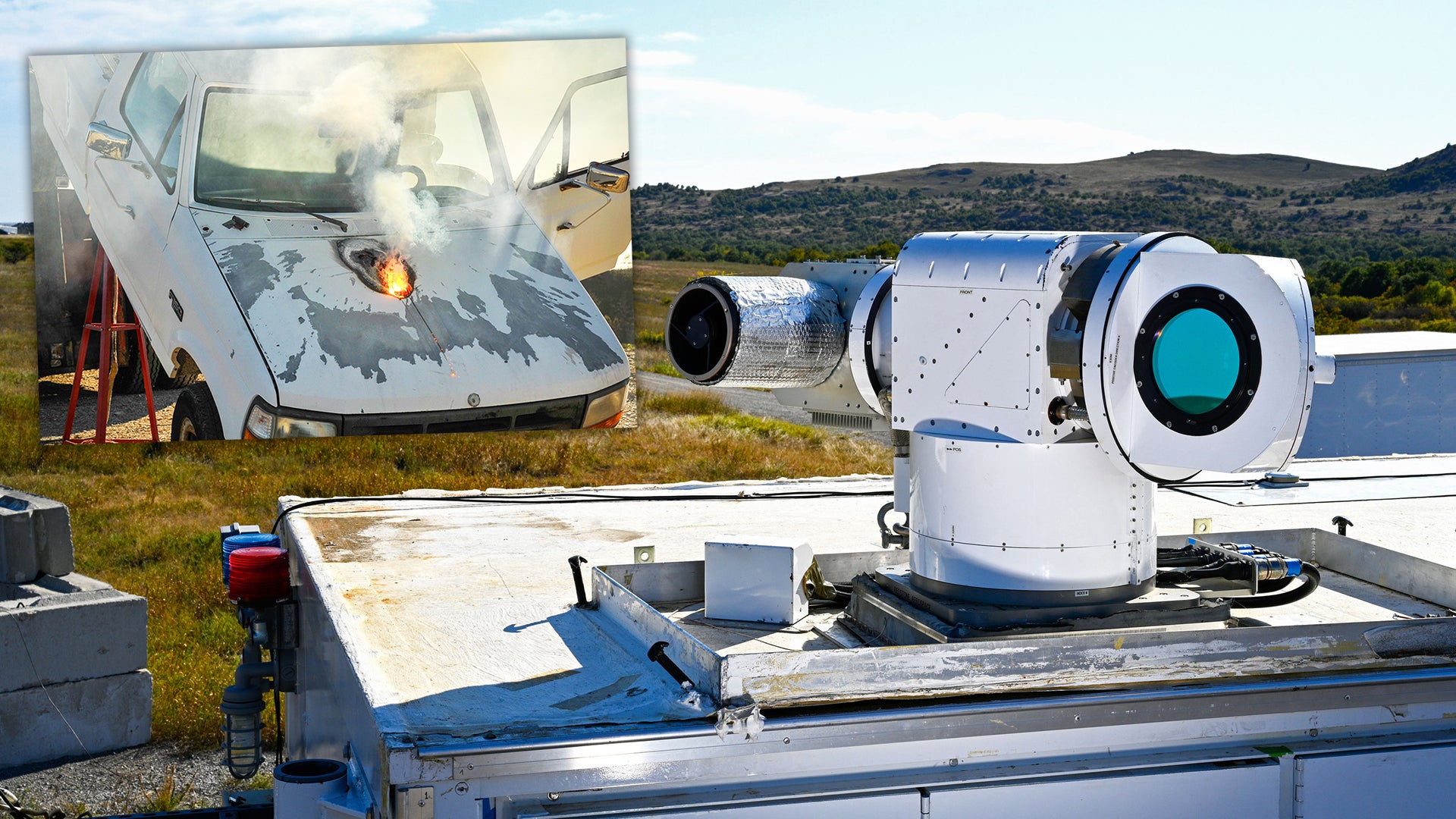After decades of toiling and dead-ends, the dream of operational laser weaponry is about to become a reality. So, what changed that made what had been bulky systems go from clumsy pipe dreams to hardened, miniaturized, and reliable weapons that will be able to be deployed even in the harshest of conditions?
We recently had an in-depth interview with Dr. Rob Afzal, Lockheed Martin Senior Fellow, Laser and Sensor Systems, where I pressed him on everything related to laser weaponry and the emerging military applications that go along with it. In the course of answering my maelstrom of queries, Dr. Afzal eloquently conveyed how we have suddenly arrived in an era where laser weapons will become widespread across the battlefield. In this first piece in our two-part series with Lockheed’s directed energy guru, I wanted to share his explanation with you, as it is fascinating in its own right.
Here, as it was conveyed to me directly, is what technological developments have made the dawn of laser warfare possible according to Dr. Afzal:
“If you think back, that the laser is actually invented in roughly 1960. So, it begs the question, that’s 50 years—why aren’t there laser weapons all over the place today? There are really two reasons for that.
The first reason is that the initial application they envisioned for the laser weapons is for strategic defense mission; really, the hardest—most difficult technologically—mission that there is, defending the homeland against incoming ballistic missiles. So, first of all, that was extraordinarily difficult, but it did develop a lot of core fundamental technologies and demonstrations that showed that a laser weapon system can be put together, you can do acquisition, tracking, pointing a laser beam, as well as delivering a lethal laser beam to a target, like a boost-phase ballistic missile on the Airborne Laser program. The issue, though, was that those systems were basically just too big, literally. They were physically too big to really be deployed in the tactical environment, on a truck or on an airplane, even on a ship, without taking up large portions of the ship.
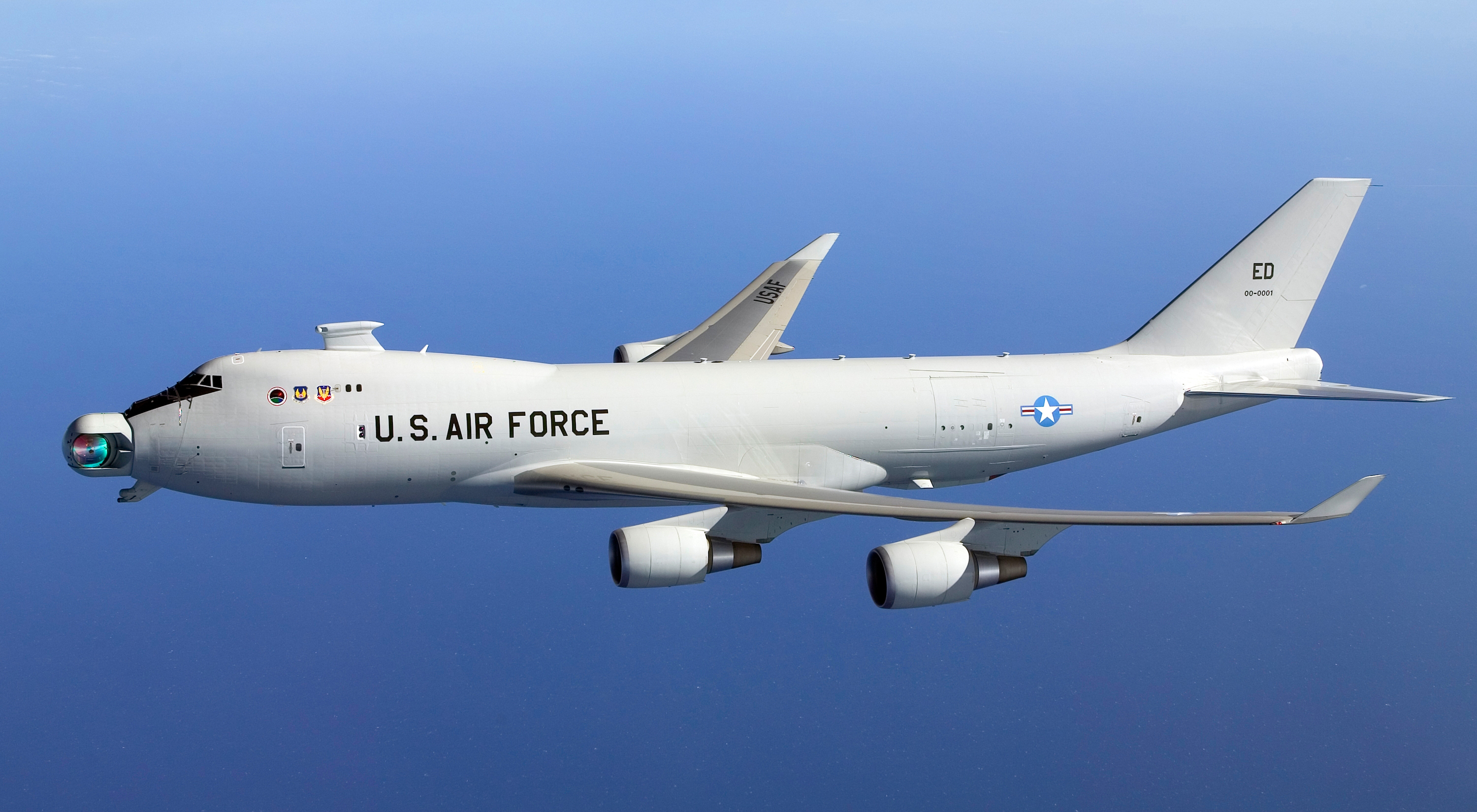
Even though the systems were possible, the irony was that the laser technology wasn’t there yet, to make a small enough, powerful enough laser, to be tactically relevant. Now, the threat landscape also started to change, and we went from a strategic defense to a tactical defense. The threats today are really evolving. We’re talking now about swarms of low-cost, low capability threats, like armed UAVs or large quantities of mortars or rocket barrages. Those systems are shorter range, and many of the systems are… not sophisticated; meaning traditionally sophisticated countermeasures, like jamming and redirecting and things like that, don’t work. Like, for instance, a mortar does not have a guidance system on it. So, there’s not something you can easily do to defend against a mortar. And the timeline of a mortar shot is very short, so you need to react extraordinarily quickly and be able to defend in a very short period of time.
So, the threat landscape is evolved. And then in the technology space, there were two revolutions that really started to take place. The first was fiber-optic telecommunication, so I’ll get to why that’s relevant to directed energy.
All of a sudden, in the ’90s, billions and billions of dollars started to pour into the development of fiber-optic communications equipment—how to make the optical fiber, how to pull kilometers and kilometers of it with high purity, how to make high-speed electronics to be able to do communications, semiconductor diode lasers to send the data down the fibers. The whole industrial infrastructure for that capability started to really be built out. Then the bubble burst in the early 2000s and a number of the companies that were in that space began looking for new markets that this fiber-optic, fiber-laser technology actually could scale in power to hundreds of watts to kilowatts of optical power. What we found—we, meaning the community—was that that you could do a whole bunch of industrial applications using fiber-laser technology and very cost-effectively. What I mean by that is mainly cutting, welding, and drilling. So, all of a sudden, all sheet metal that’s cut for home appliances and so forth, was starting to be cut by high-power fiber-lasers of the kilowatt-type power levels.
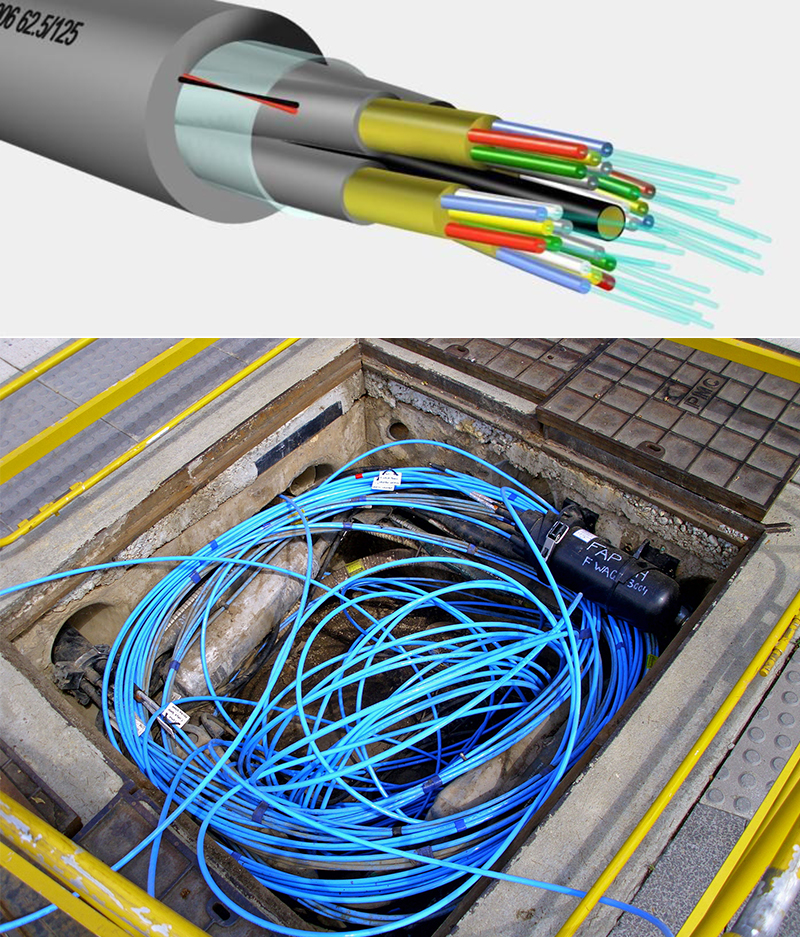
All the microelectronics and iPhones and so forth, were starting to be drilled and the touch screens were being scribed, and all this whole industrial space opened up, and the reason was that these fiber lasers were very efficient at converting electrical power to optical power. The beam quality that came out of the fiber-laser, meaning the ability for that beam to be focusable, to provide a high-intensity spot to do things, like melt metal and drill holes, the beam quality was very high. So, all of a sudden, the industrial space really opened up and the development of high-power fiber-lasers really, really took off.
That was particularly interesting, except for the fact that the power out of a fiber-laser doesn’t scale to a weapons class, right? It’s one thing to cut metal that’s centimeters away, it’s another thing to take out a mortar at two kilometers. So, the innovation that changed the game in the last five years or so, Lockheed Martin was a real leader or the leader in this innovation, and the innovation involved bringing together the technologies from fiber-optic communications and the technologies of high-power lasers for industrial applications to figure out a way to scale fiber-lasers to weapons class power.
The way that’s done is, instead of just building a single laser at 50 kilowatts or 100 kilowatts or something like that, we are actually taking individual fiber-lasers and combining the outputs of the beams into a single high-power beam, and we do that using a technique we call Spectral Beam Combination… Fundamentally, what we did was we took something, if you’re familiar with wavelength division multiplexing in telecommunication—how to break up the spectrum that’s available to you into many different laser-lines and send all that light down a fiber to increase your communications bandwidth. So, all of a sudden, we took a large number of fiber-laser channels, all closely spaced in wavelength or in frequency, and then by reflecting those beams off an object. We could call it a grating, or you can think in your mind of it like a prism, the beams all combine into a single output beam. Patty always loves this analogy I use, which is Pink Floyd’s Dark Side Of The Moon record cover.
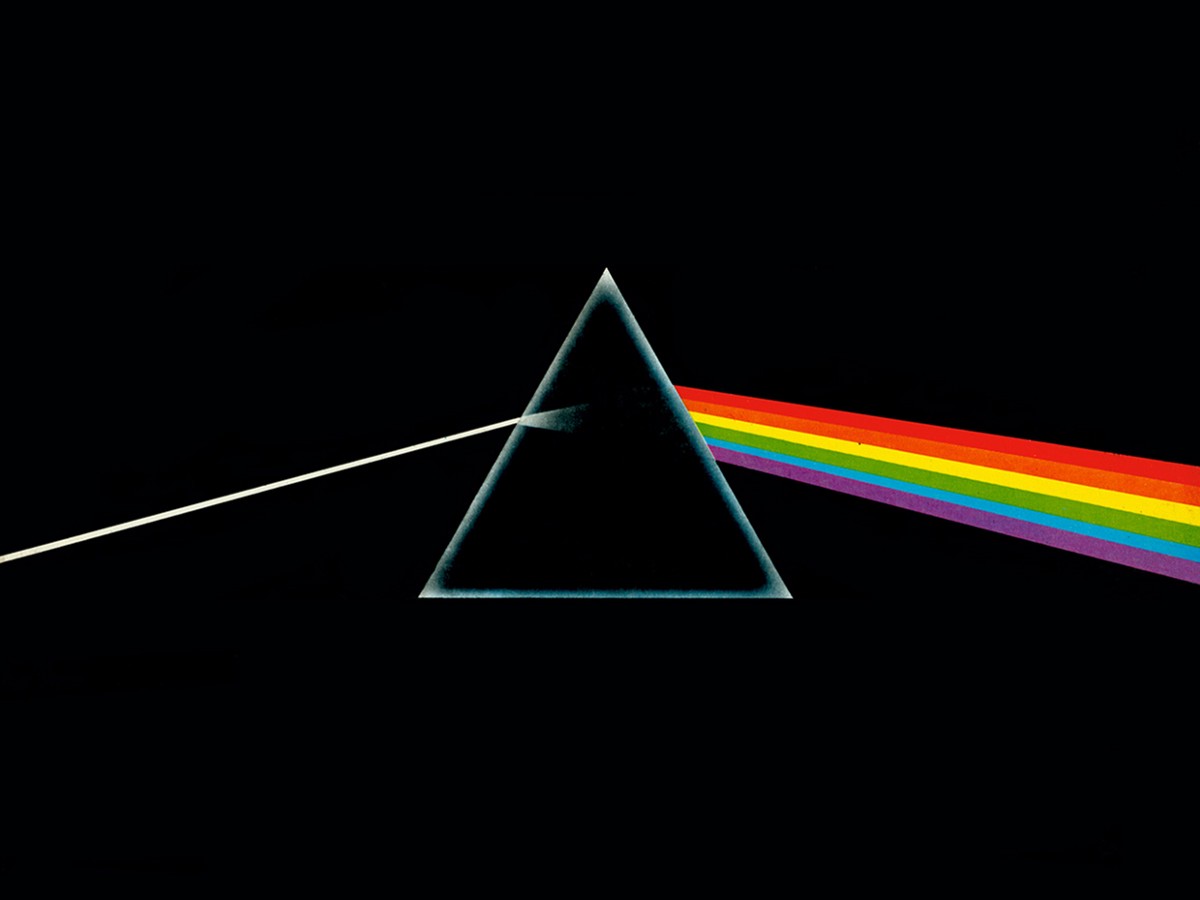
So, if you look at that prism, there’s a white light beam that comes into the prism and it breaks up into the colors of the rainbow, you could run that in reverse, you could have a whole bunch of beams that cover the different spectrums, and if you put it through the prism, they all combine and output a single beam. We call it kinda the ‘reverse prism effect.’ So what all of a sudden we were able to do was to scale laser power in a modular way. Instead of just trying to build a bigger and bigger laser, we’re actually scaling by adding lasers up.
Think of it as a mainframe computer breaking up into a supercomputing cluster. So, instead of just building a bigger device, we’re combining in parallel. And so, what that enabled us to do is build a high-power laser that’s scalable by adding modules that delivered a weapons class beam, but with very high beam qualities.
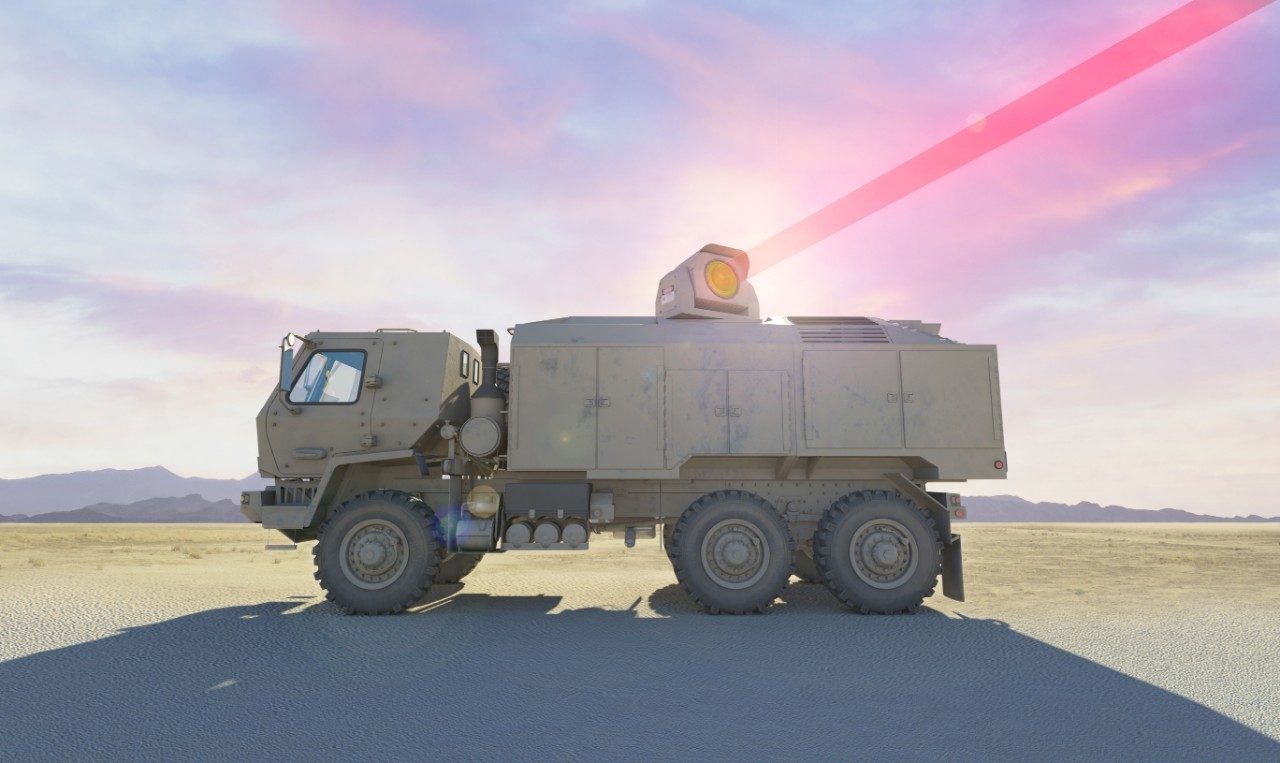
I’ll get to this from a laser weapon system perspective, it’s more than just laser power that’s important, it’s the ability to focus that beam, for that beam to be able to propagate over a long distance, stay tightly focused. And of course, in the weapon system, it’s important that you’re able to do acquisition tracking and line of sight stabilization to keep the spot on the soft zone of the target. The fiber-laser technology is also, as I mentioned, the most efficient at converting electric power to laser light. So, all of a sudden that meant that the platform demands, whether you’re on a ship, a truck, or an airplane, of being able to provide power and then cooling is minimized; it’s certainly not zero, and we’re talking about 30% to 35% efficiency at converting electric power into a usable laser beam. That may not sound that great to you, but compared to old solid-state laser technology, it was more like 10%.
It’s a big, big deal.
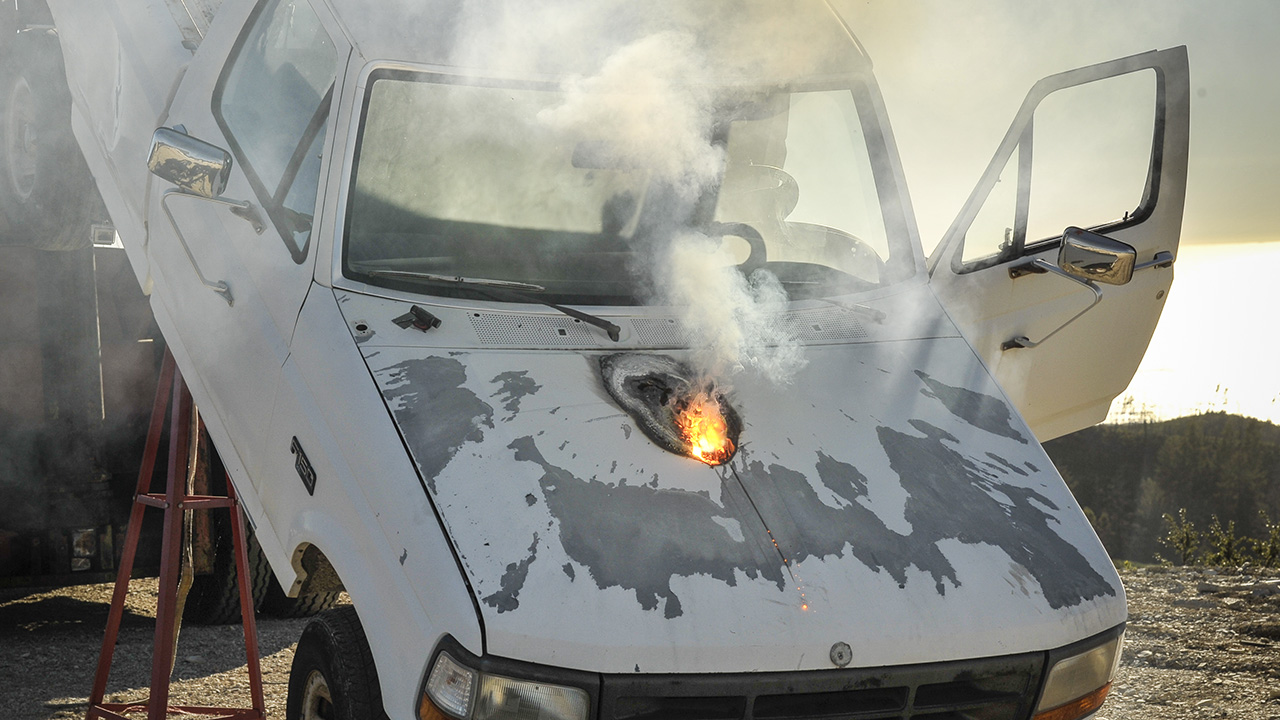
What that meant was that the system demands, the platform demands were greatly reduced, and it meant that the laser weapon, not just the laser, the whole laser weapon, could now start being made small enough, powerful enough, to now be deployed on Army vehicles, Navy ships, and even on aircraft. So, that’s really what changed the game. And as you can see, there’s a lot of activity in this domain from our customers, all the services are now advancing capability in laser weapon systems for land, sea, and air. Lockheed Martin is a premier provider of this technology in all these domains, and we are working in all these domains.
So, the kind of the key message is the final piece of the puzzle to enable the fielding of laser weapons was solved using the fiber, the beam combined—spectrally beam combined fiber laser technology. Now what we’re looking at is we’re moving beyond S&T, Science and Technology demos… Is this even possible? We are now seeing those initial systems being built and ready to be deployed on platforms. For example, we have the program, the HELIOS [High Energy Laser and Integrated Optical-dazzler and Surveillance] program, which is to build, integrate, and install a laser weapon system on a DDG Arleigh Burke class destroyer.
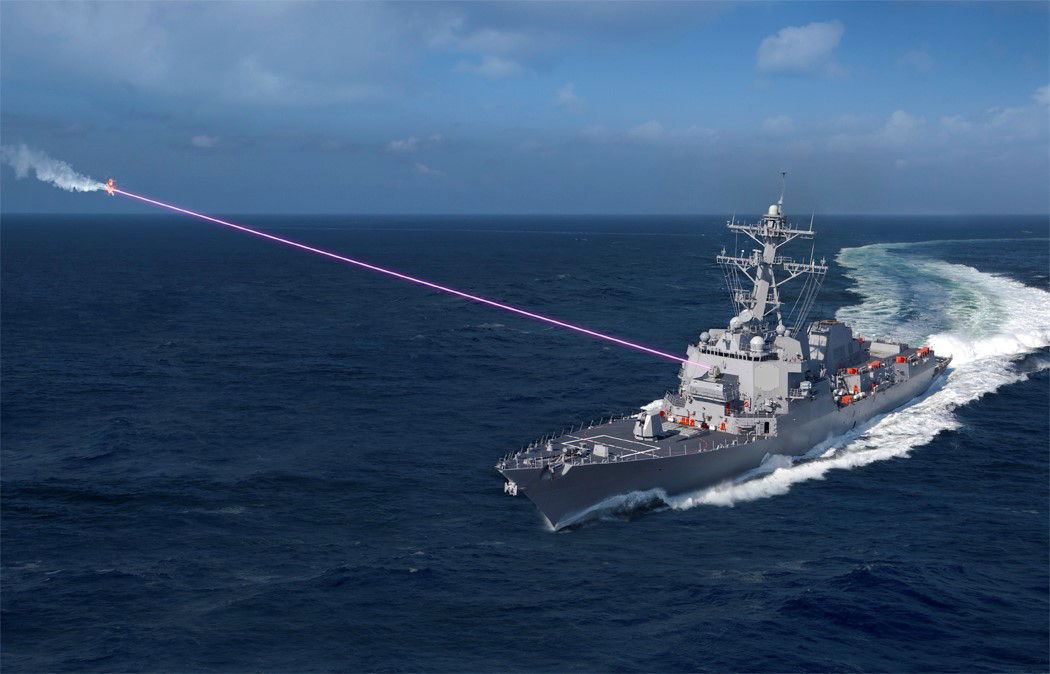
What’s fundamental about that is it goes beyond the technology of the laser and the acquisition tracking and pointing, it’s tying the laser weapon into the combat system that is on the ship. That’s another area where, of course, we take great pride in being a leader in that domain. It’s really that ability when you’re in at the console and looking at the battlespace, being able to make decisions on what the threats are, and what’s the best counter for that threat, whether it’s a directed energy counter or a kinetic energy counter, and we see those capabilities operating… I don’t know what’s the right word… Synergistically? symbiotically? They’re going to work together and provide choices and using the best option for the combatant commanders.
One would imagine that if you have a large number of low-cost threats, you don’t want to use high-cost, highly capable kinetic missiles against low-cost UAVs, right? You want to use your laser that has a low operating cost after the install and then you can hold your kinetics for more hardened threats that maybe the laser is inappropriate for. So, being able to provide choices, capabilities, to take on the evolving threat landscape, I think really is the value proposition that we are trying to provide our customers. So, that’s kind of it in a nutshell.

Lockheed Martin, we’ve been in this business for about 40 years, really starting with the Airborne Laser program, where Lockheed Martin was the lead on the beam control system, and it’s evolved over time, where we have built capabilities in beam control, tracking, line of sight stabilization, and then platform system integration, which is really a key core competency of Lockheed Martin, right? We also build a lot of the platforms, so how you install and interface these systems with the combat systems or the control stations, and providing that interface to the user is really important.”
Make sure to check out the Q&A portion of the interview linked here. We get into some unique topic areas where Dr. Afzal was really able to clear up a lot of misconceptions and get to the reality of what is feasible and what isn’t in the near term when it comes to directed energy applications. Overall, the exchange paints a clearer picture of what’s to come in this quickly accelerating area of defense technology.
Contact the author: Tyler@thedrive.com
